Get Inspired
Build the life you love. Learn more about fusioneering:
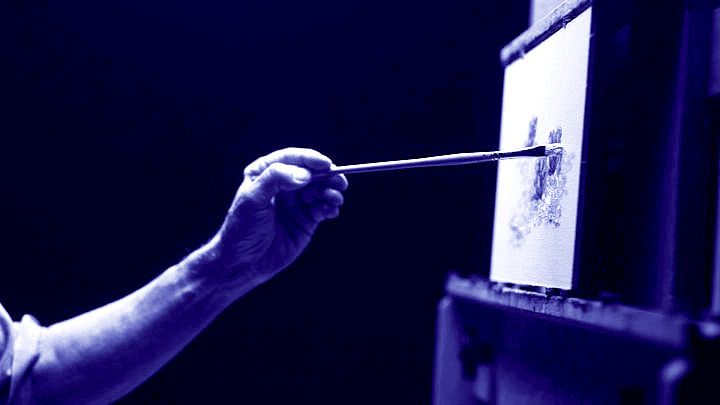
Posted on April 1, 2023 in Painting for Beginners
Whether the brush is held by a man or a machine, the brushstroke is the heart and soul of all painting. Each brushstroke is its own note in the symphony of a painted work, and so mastery of the brush is one of the most valuable skills a painter can hone. If you’re looking to start painting – whether for passion, a hobby, or the therapeutic benefits it can provide – knowledge of these seven basic brushstroke techniques will give you what you need to start experimenting on canvas and exploring the world through the medium of paint. Let’s get started!
Related: What is the Importance of a Brushstroke, and How Do You Teach It to a Robot?
This brushstroke is actually composed of three components: a downward motion of the brush to touch the canvas at the start of the stroke, the main brush motion across the canvas, and then an upward motion lifting the bristles off of the canvas. Throughout this motion, the artist can control the amount of pressure, angle of the brush on the canvas, and rotational angle of the bristles.
The dry brush technique is used to create a rough, textural look. Any brush can be used for this technique as long as it’s clean and – as the name would imply – dry. Put a small amount of paint on your brush (too much ruins the effect) and with the brush held at a close angle to the canvas, apply light, brisk strokes to your painting surface.
Using this method, the painter is able to create an alternate style of texture and detail. Drybrush strokes should be used confidently without hesitation, or the intended textural look could be lost. Strokes get fainter as the brush runs out of paint, and as a result, the gradations of tone and color produced are rugged and vivid.
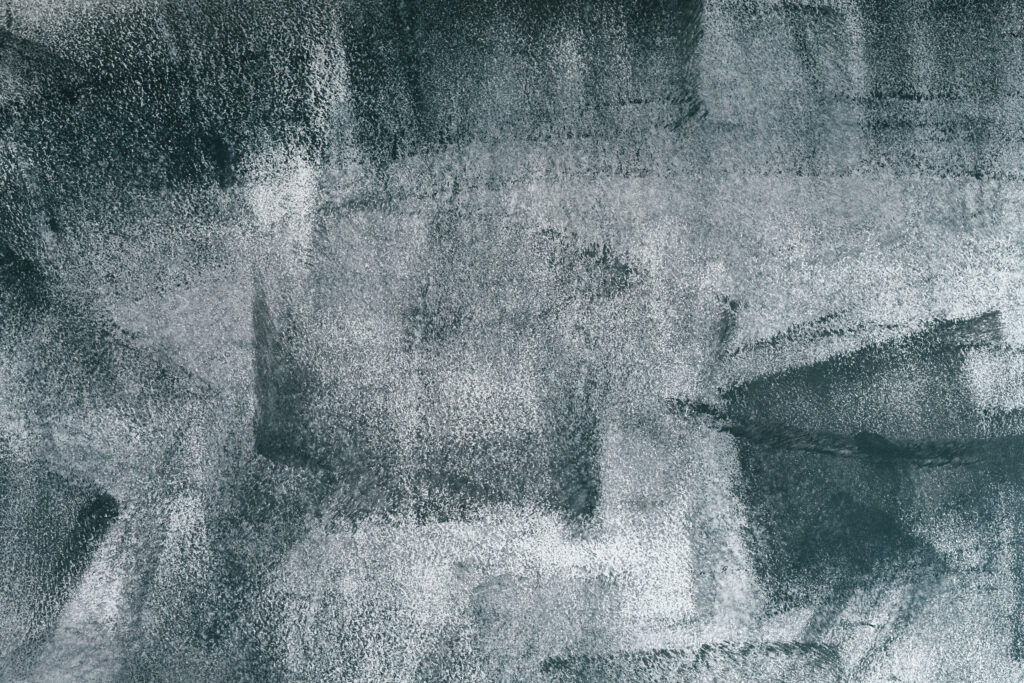
Loading a brush with more than one color of paint can make for incredible color effects. For this technique, a flat brush is the most effective tool. To double load, simply cover one side of the brush in one paint color and then cover the other side in another. When the brushstroke is applied, the two colors will mix and mingle without blending completely, allowing for color depth that’s perfect for sunsets, stormy weather, deep bodies of water, and so much more.
Hatching is the process of building-up tone and texture through repeated use of parallel brushstrokes. This is the conventional technique for producing tonal shading in pen and ink drawings.
It can also be employed as a fun and stylistic method for “blending” various colors in painting. With hatching, the strokes of various colors are not blended together, but merely positioned next to one another. This means that up close, each color is visible – but when the observer stands back from the painted work, optical color mixing is achieved, and the colors appear to blend while remaining lively and fresh. By combining several hues in this fashion, you can create eye-catching color associations and explore the relationship between colors without mixing them.
Cross-hatching is the method of crisscrossing brushstrokes over the top of one another from different directions to produce textural depth, light and shadow, or color fusions in your work. When cross-hatching, you can apply any amount of color you choose, and you can apply strokes in any direction. Experiment with different directions, brushes, and colors to experience how versatile this method can be. “Wet on wet” and “wet on dry” cross-hatching produce different effects.
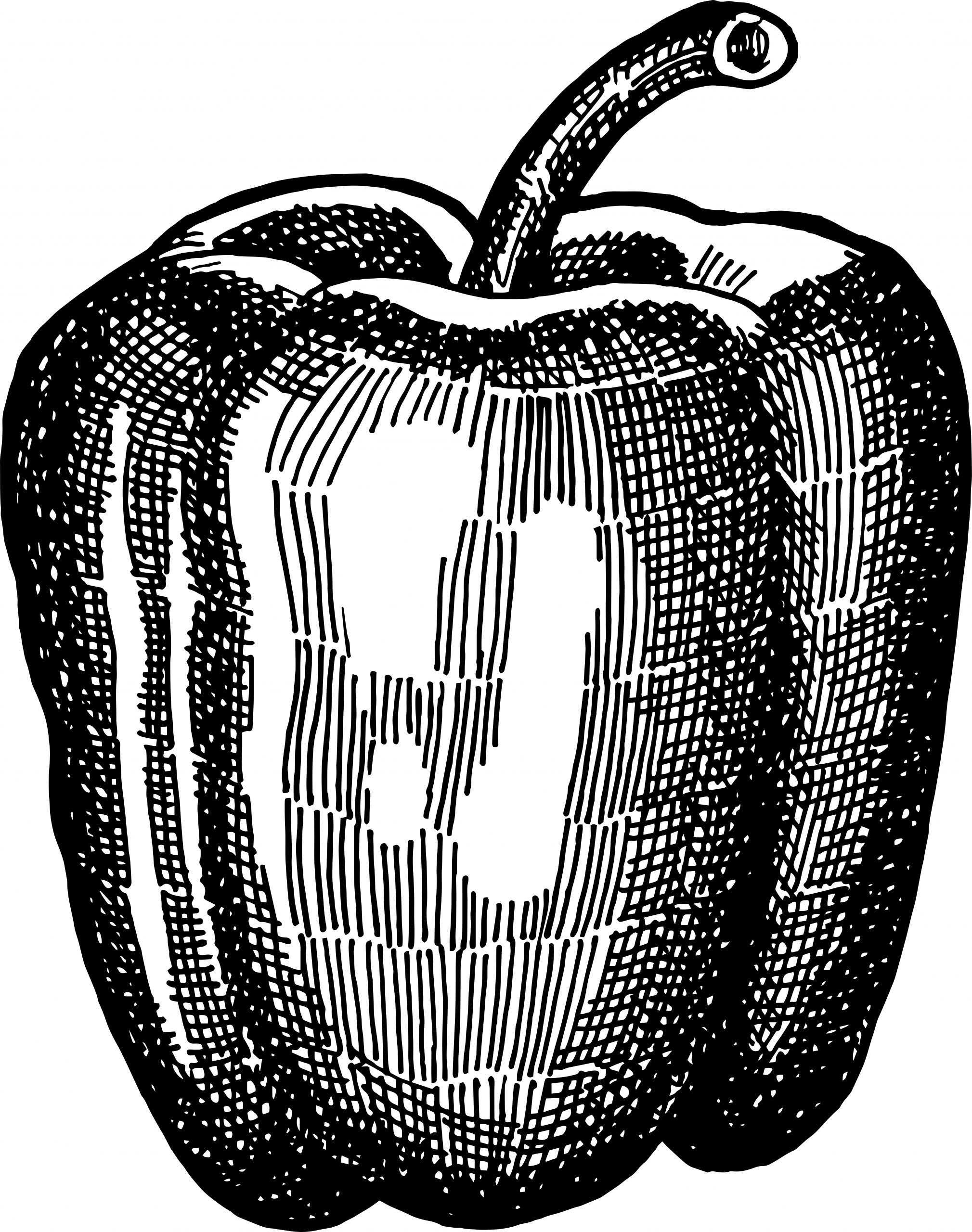
This method creates interesting color blends and transitions. Start by making X patterns with one color – then, without cleaning your brush, dive right into making Xs with another color. Wet on wet color mixing creates a layered, painterly feel that can elevate your paintings and produce incredible color compositions.
This method involves laying down a layer of one color, then letting your canvas or workspace dry before cross-hatching in another color using drybrush techniques. The bottom layer of color influences the top layer, leading to delicate or dazzling optical color blends.
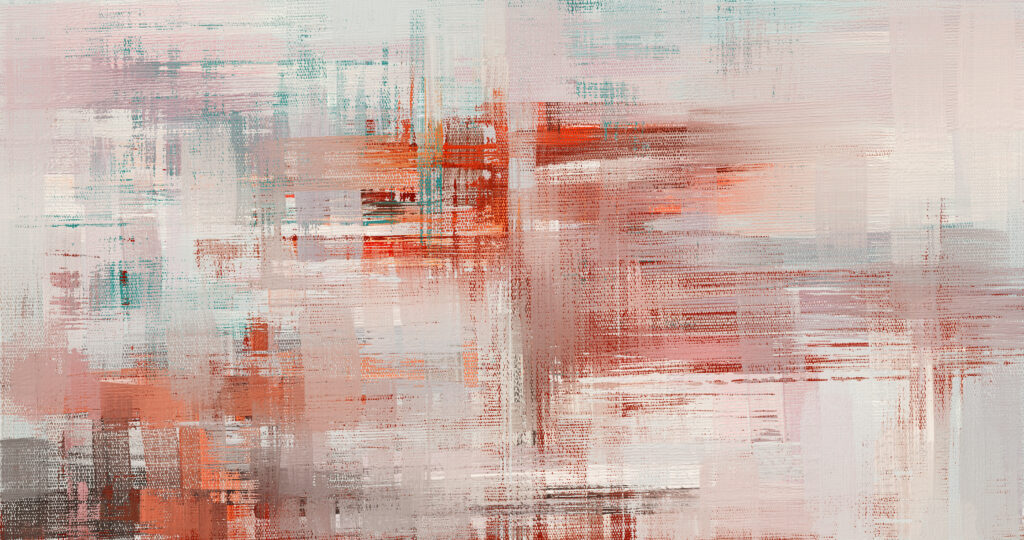
Scumbling creates effects somewhat similar to wet on dry cross-hatching. The method involves the rough, uneven application of a light coat of paint over a layer of another color, producing vibrant color effects and varied textures. Rather than smooth lighting effects and even color transitions, scumbling results in looser gradations with a painterly feel.
The technique is easy to perform – but don’t use your best brush for the effect! Dip your brush in paint, mash the brush on your work surface so that the bristles splay out, then rotate the brush to produce a whirl of paint. The same effect can be achieved with dabs, streaks, or different circular movements. Bringing more than one color into the equation (and working fast enough to keep your strokes from drying) will allow you to scumble colors together, creating not only interesting textures and patterns, but also tonal shifts and wild color blends.
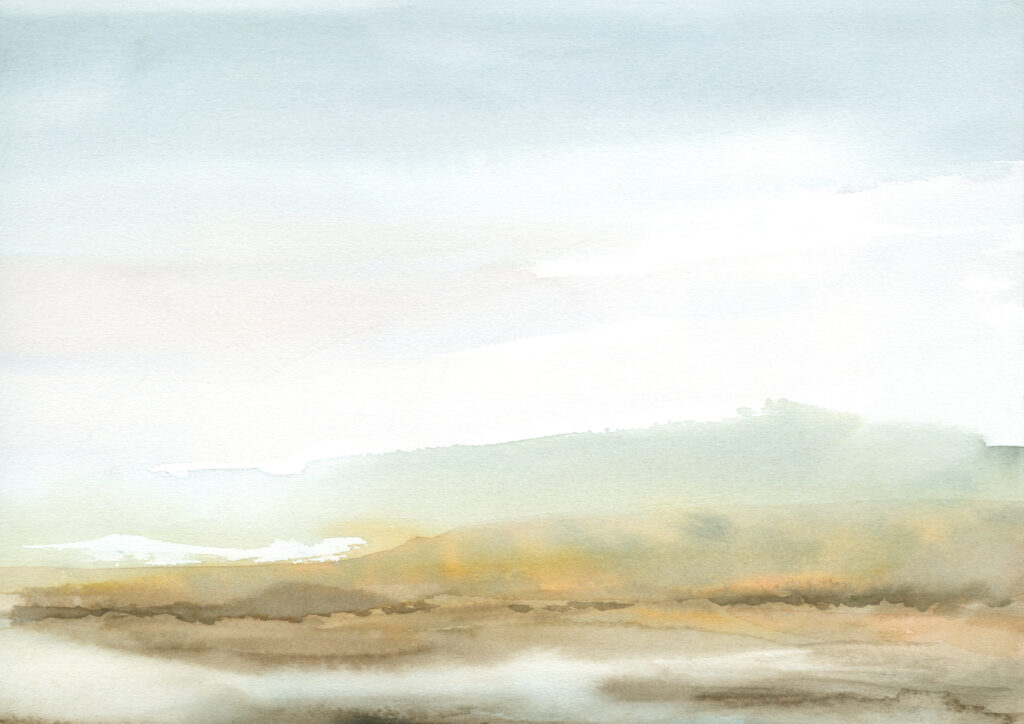
If you’re discouraged by picking-up other brushstroke techniques, let this tried-and-true method from abstract expressionists and the New York School allow your creativity to run wild. Find a flexible paintbrush (or any tool that can hold paint) and whip, dribble, spatter, splash, or spray paint onto your canvas. This technique, also called “action painting” or “gestural abstraction” works best the more you get into it and the less you overthink it. Action painting is all about how the act of creating a painting is as important as the finished product – something that’s great for all artists, beginner and advanced alike, to keep in mind.
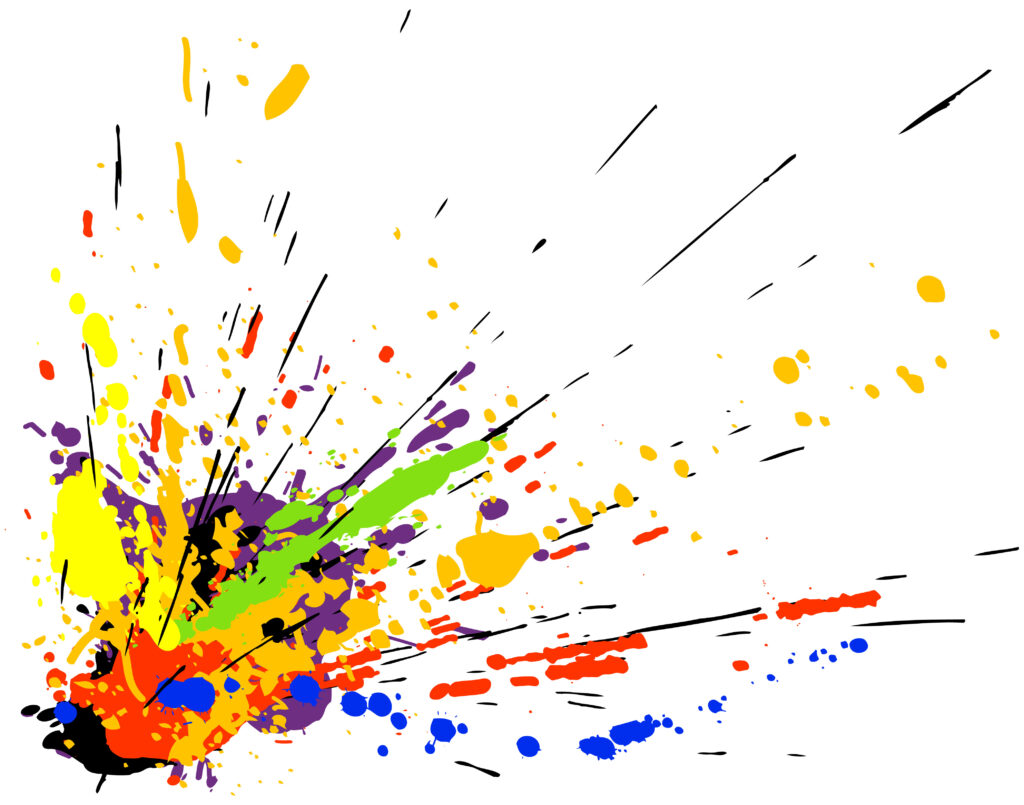
Looking for examples of these and other techniques in action? Take a stroll through the art gallery of Dulcinea, the robot painter with the arm of a classical master. The story of Dulcinea and the fusion of science and art that led to her creation can be seen in the award-nominated short film, Brushstroke.
For more inspiration, information, and updates on all things science & art, follow the Kirby Foundation on Instagram and Facebook, and make sure to join our mailing list.
Are you interested in hearing the complete story of Paul and Dulcinea? Watch the video (nominated for Best Short Film at the 2021 Vail and Portland Film Festivals) for more info.
Want to be the first to know about every exciting new project at the Kirby Foundation?
Join Our Mailing ListBuild the life you love. Learn more about fusioneering:
Why pick which passion you should follow? Fusioneering allows you to cultivate many interests into something innovative and revolutionary.
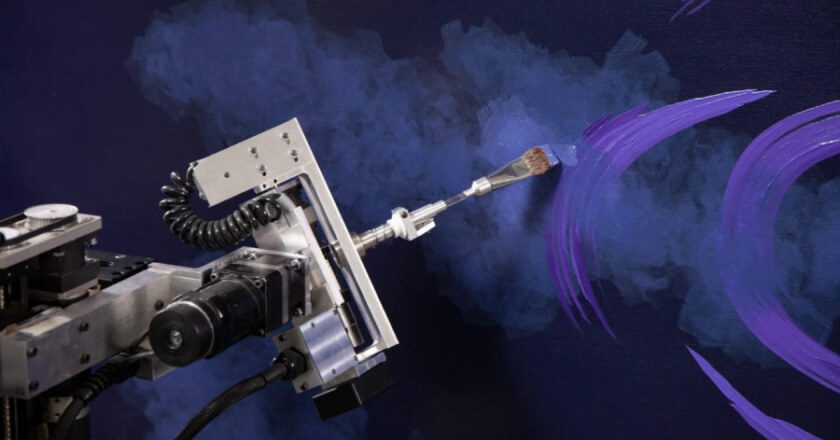
Meet Paul and explore how blending your interests can empower you to follow your enthusiasm and bring your passions to life.